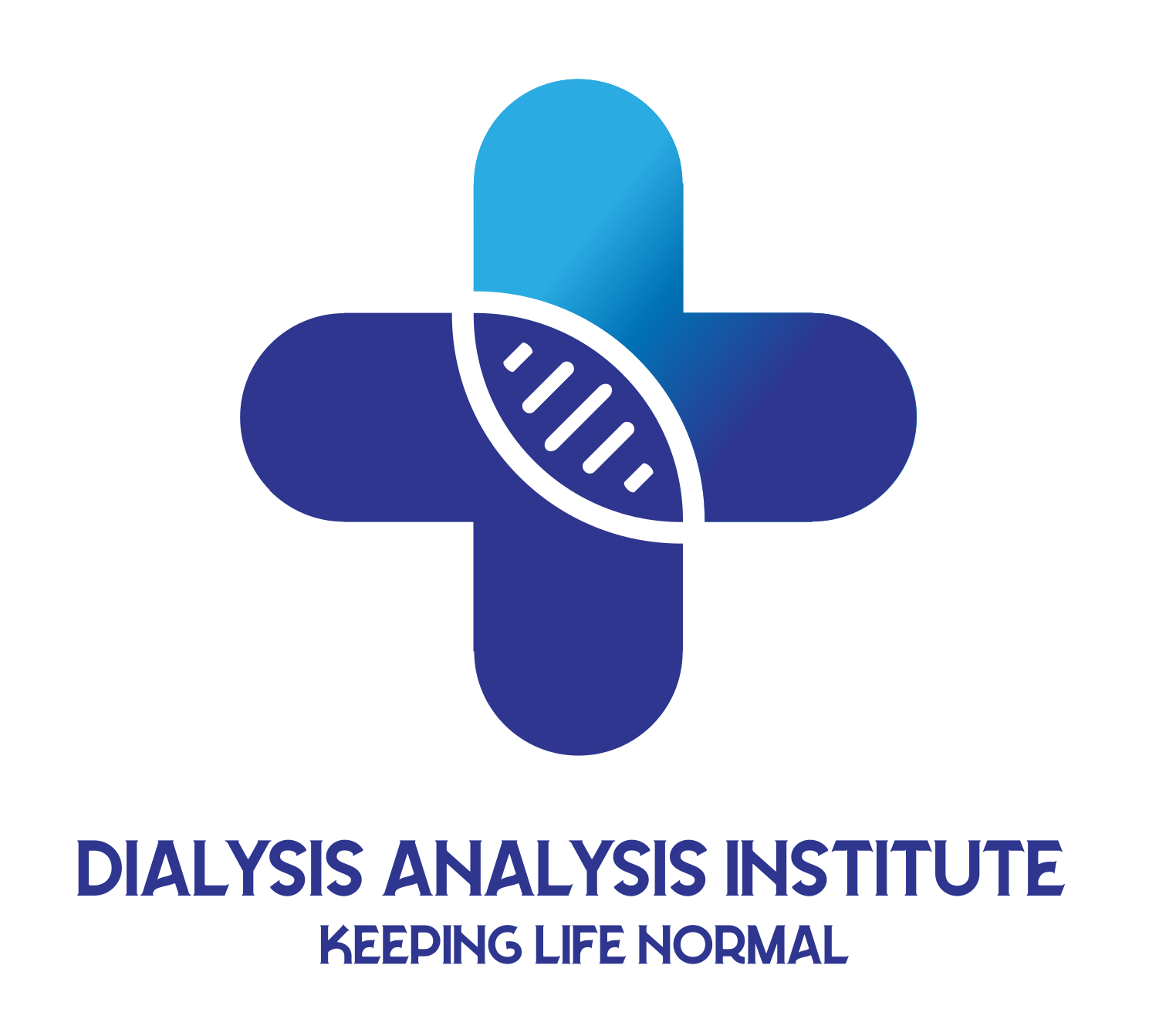Introduction:
- Introduce the importance of diet and nutrition in managing kidney disease, particularly for individuals undergoing dialysis treatment.
- Explain that a well-balanced diet can help optimize health outcomes, manage symptoms, and improve quality of life for dialysis patients.
1. Understanding the Dialysis Diet:
- Explain the role of the dialysis diet in managing the buildup of waste products and fluid retention in individuals with kidney failure.
- Discuss key dietary considerations, including controlling protein, phosphorus, potassium, sodium, and fluid intake.
2. Protein Management:
- Discuss the importance of protein in maintaining muscle mass and overall health for dialysis patients.
- Provide guidance on how to determine the appropriate amount of protein intake based on individual needs and stage of kidney disease.
- Offer tips for selecting high-quality protein sources and incorporating them into meals and snacks.
3. Phosphorus and Potassium Control:
- Explain the significance of managing phosphorus and potassium levels in kidney disease to prevent complications such as bone disease and heart problems.
- Provide tips for reducing phosphorus and potassium intake through dietary modifications, including avoiding high-phosphorus and high-potassium foods.
- Offer suggestions for alternative ingredients and cooking techniques to minimize phosphorus and potassium content in meals.
4. Sodium Restriction:
- Discuss the importance of limiting sodium intake to manage blood pressure and fluid retention in individuals with kidney disease.
- Provide strategies for reducing sodium in the diet, such as avoiding processed and packaged foods, reading food labels, and using herbs and spices for flavoring.
5. Fluid Management:
- Explain the importance of monitoring fluid intake for individuals undergoing dialysis treatment to prevent fluid overload and related complications.
- Offer tips for managing thirst and reducing fluid intake, such as limiting beverages with high fluid content and using portion control techniques.
6. Meal Planning and Recipes:
- Provide practical tips for meal planning and preparation tailored to the dietary needs and preferences of dialysis patients.
- Offer sample meal ideas and recipes that are low in protein, phosphorus, potassium, sodium, and fluid, while still being tasty and satisfying.
7. Working with a Registered Dietitian:
- Emphasize the importance of consulting with a registered dietitian who specializes in kidney disease to develop a personalized nutrition plan.
- Provide guidance on how to find a qualified dietitian and what to expect during nutrition counseling sessions.
Conclusion:
- Summarize the key points discussed in the blog post, highlighting the importance of following a dialysis diet for kidney health.
- Encourage readers to take an active role in managing their diet and nutrition with the support of healthcare professionals and resources available.
